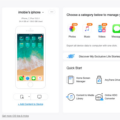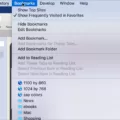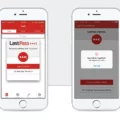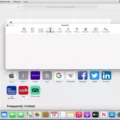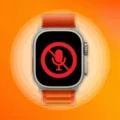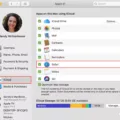Are you experiencing a ‘Blocked Plug-in’ alert while using Safari? If so, you’re not alone. This error message appears when the Mac detects an outdated plug-in, and it can cause a big security risk if left unchecked. Fortunately, thee are some easy steps you can take to manage your plug-ins and prevent this error from occurring in the future.
To start, open Safari and click on the Safari menu at the top of the screen. From here, select Preferences > Security to bring up the Security settings window. At the bottom of this window, you shuld see an option for ‘Allow Plug-ins’ – make sure this is checked to enable plug-ins in Safari.
If you already had Allow Plug-ins selected but are still receiving a Blocked Plug-in alert, then it’s lkely that one of your plug-ins is out of date. To update them all at once, click on the Apple logo in the top left corner of your screen and select App Store… from the dropdown menu. This will open up your Mac’s App Store page where you can check for any available updates for all your apps and plug-ins.
If you want more control over which plug-ins are enabled or disabled, go back to your Safari preferences page and select Manage Website Settings under Websites in the General tab. Here you can choose which websites have access to certain plug-ins such as Flash or Java by either allowing or denying access on a site by site basis. You can also add sites to a whitelist or blacklist if necessry by clicking Add/Remove Website…
Finally, if none of these solutions work for you then it may be time to uninstall and reinstall any outdated plug-ins that could be causing problems with your Mac’s security settings. To do this, search for each individual plug-in in Finder (or Spotlight) and delete them before downloading fresh versions from their respective developer websites.
By following these simple steps, you should have no problem managing blocked plugins in Safari without any further issues!
Unblocking Plugins in Safari
To unblock plugins in Safari, you will need to open the Safari app and then click on the ‘Safari’ menu item at the top of your screen. From there, select ‘Preferences’. In the Preferences window, select the ‘Security’ tab and then ensure that the checkbox next to ‘Allow Plug-ins’ is checked. Once you have done this, your plug-ins should be unblocked and availabe for use in Safari.

Source: wired.com
Safari Blocked Plug-in: What Could Be the Cause?
If you see a message that says “Blocked Plug-in” in Safari, it means your Mac has detected an outdated plug-in. Outdated plug-ins can contain security vulnerabilities that can be exploited by malicious third parties, putting your Mac at risk of beig hacked or damaged. To ensure the security and stability of your Mac, it’s important to keep all plug-ins up to date so that they are not vulnerable to attack.
Enabling Plugins in Safari
To allow plugins in Safari, you will need to follow thee steps:
1. Open the Safari browser menu, located at the top of the screen.
2. From the drop-down menu, select Preferences.
3. Select the Security heading.
4. Near the bottom of the Safari security preferences, check Allow Plug-ins to enable all plug-ins to function.
5. Close out of the Preferences window and refresh your browser for changes to take effect.
Once you have followed these steps, all plugins shold be enabled in your Safari browser and you can begin using them as needed.
Removing Blocked Plugins on Mac
In order to get rid of blocked plugins on Mac, you’ll need to update Safari and make sure that all of your plug-ins are up to date. To do this, click the Apple menu icon in the top left-hand corner of your screen and select “App Store…”. Once the App Store window appears, click the Updates tab at the top and then click Update All. This will ensure that Safari is running the latest version. Once it has updated, open Safari’s Preferences panel (Safari > Preferences) and go to the Security tab. From there, you can make sure that Plug-ins are enabled by selecting “Allow All Websites To Run Plug-ins”.
You’ll also need to make sure that all of your plug-ins are up to date. You can do this by visiting each plug-in developer’s website and downloading the latest version from there. Once you’ve done so, disable any old versions by opening Safari’s Preferences panel again and going to the Extensions tab. Here you can manage which extensions are active on your Mac.
Once thee steps have been completed, restart Safari and you should no longer experience any blocked plugin alerts.
Enabling Plugins in Safari 14
In order to enable plugins in Safari 14, you will need to open the Safari application and go to the Preferences section. Once in the Preferences section, select the Security icon along the top. Within this section, check the box next to “Enable JavaScript” and “Allow plug-ins.” After dong this, a Plug-in Settings option will appear – click on this to enable Adobe Flash Player. Within this option, select the check box next to “Adobe Flash Player.” Finally, save your changes and restart Safari for them to take effect.
Locating Plugins in Safari Settings
Plugins in Safari can be found by launching Safari and then selecting Safari > Preferences. From the Preferences window, select the Security button. On the Security tab, you can find an ‘Allow Plug-ins’ checkbox. If you would like to turn off all plugins, simply remove the checkmark from the Allow Plug-ins box.
Enabling Plugins
To enable plugins, start by opening your browser and clicking the menu button in the top right corner. From there, select Settings. Under the Privacy and Security section, click Site Settings and then select Unsandboxed Plugin Access to enable plugins. If you are using a plugin that requires additional permissions, you may need to click Additional Permissions to grant access. Once you have enabled all necessary permissions for plugins, they shoud be enabled in your browser.
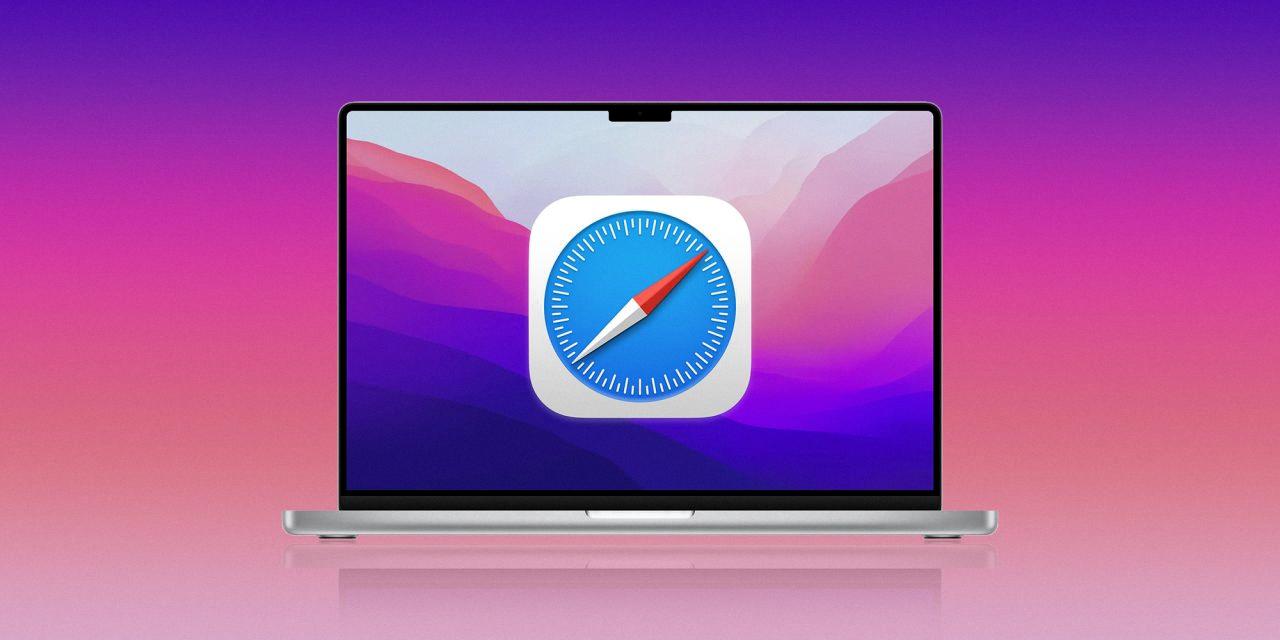
Source: 9to5mac.com
Fixing a Blocked Extension
To fix a blocked extension, you must first identify the extension that is causing the issue. To do this, open the Chrome browser and go to the Extensions tab in the settings. Here you will see a list of all your installed extensions. If an extension is causing an issue, it will be indicated by a yellow exclamation mark next to its name. Once you have identified the offending extension, select it and click ‘Remove’. This will remove the extension from your browser and shold resolve any blocking issues. Alternatively, you may be able to update or reinstall the extension if an update is available. Finally, if none of these solutions work, you can try disabling each individual extension until you find which one is causing the problem.
Conclusion
In conclusion, the Blocked Plug-in alert occurs when Safari detects an outdated plug-in. This poses a big security risk and can potentially cause harm to your Mac. To avoid this issue, it is important to keep all of your plug-ins up to date. You can do this by updating Safari and ensuring that you have the latest versions of all your plug-ins. Additionally, make sure that the “Allow Plug-ins” option is checked in the Security settings of Safari Preferences. Following these steps will ensure that you are uing safe and up to date plug-ins in Safari.

